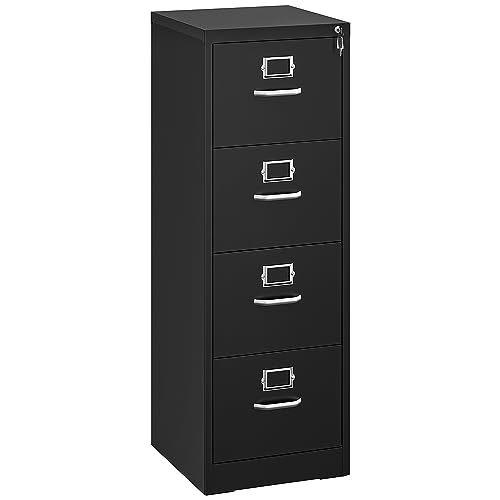Understanding Binary Exposition: Definition and Workings
Binary Exposition is a technique used to describe and explain complex ideas or concepts in a straightforward and concise manner using only two opposing perspectives. The goal is to present information in an easily understandable way by breaking them down into binary components, often referred to as ‘pros and cons’, ‘for and against’, or ‘advantages and disadvantages’. This technique is particularly useful in debates, discussions, and written compositions as it allows the reader to consider and evaluate the issue quickly.
The Advantages of Binary Exposition
There are many advantages to using binary exposition, particularly when presenting complex ideas. Firstly, it is a simple and clear technique that can be easily understood by anyone. By breaking down complex concepts into binary components, people can evaluate arguments and make informed decisions about issues they may have previously been unsure about.
Secondly, binary exposition promotes critical thinking. By presenting two opposing perspectives, it encourages people to think about the pros and cons of each perspective and consider their own bias. This technique helps people to develop analytical skills that are essential for many different fields or industries.
The Role of Binary Exposition in Education
Binary Exposition plays a crucial role in the education sector. It is commonly used to teach students to think critically, analyze information and make informed decisions. This technique has been shown to be particularly effective in teaching students how to write persuasive essays and argumentative papers.
By breaking down complex ideas into binary components, students can explore the pros and cons of each perspective in a straightforward way. This technique also encourages students to analyze their own biases and understand why they may feel a certain way about a topic or issue.
Examples of Binary Exposition
Many debates and discussions use binary exposition to help explain complex ideas. For example, the debate on whether to ban smoking in public places can be broken down into two binary components: the advantages of banning smoking (such as improving air quality and reducing the risk of second-hand smoke-related illnesses) and the disadvantages (such as infringing on personal freedom and increased policing costs).
Another example would be a debate on whether to legalize marijuana. The pros and cons of legalization can be presented in binary components, such as its potential to generate revenue for governments and reduce drug-related crimes on one side and its potential negative health and social impacts on the other.
Overall, the use of binary exposition is an effective technique for presenting complex ideas in a simple and concise manner. By breaking down ideas into binary components, people can quickly grasp the pros and cons of each perspective, evaluate arguments, and make informed decisions. This technique is particularly useful in education, debates, and discussions, and encourages critical thinking skills that are valuable in many different areas of life.






